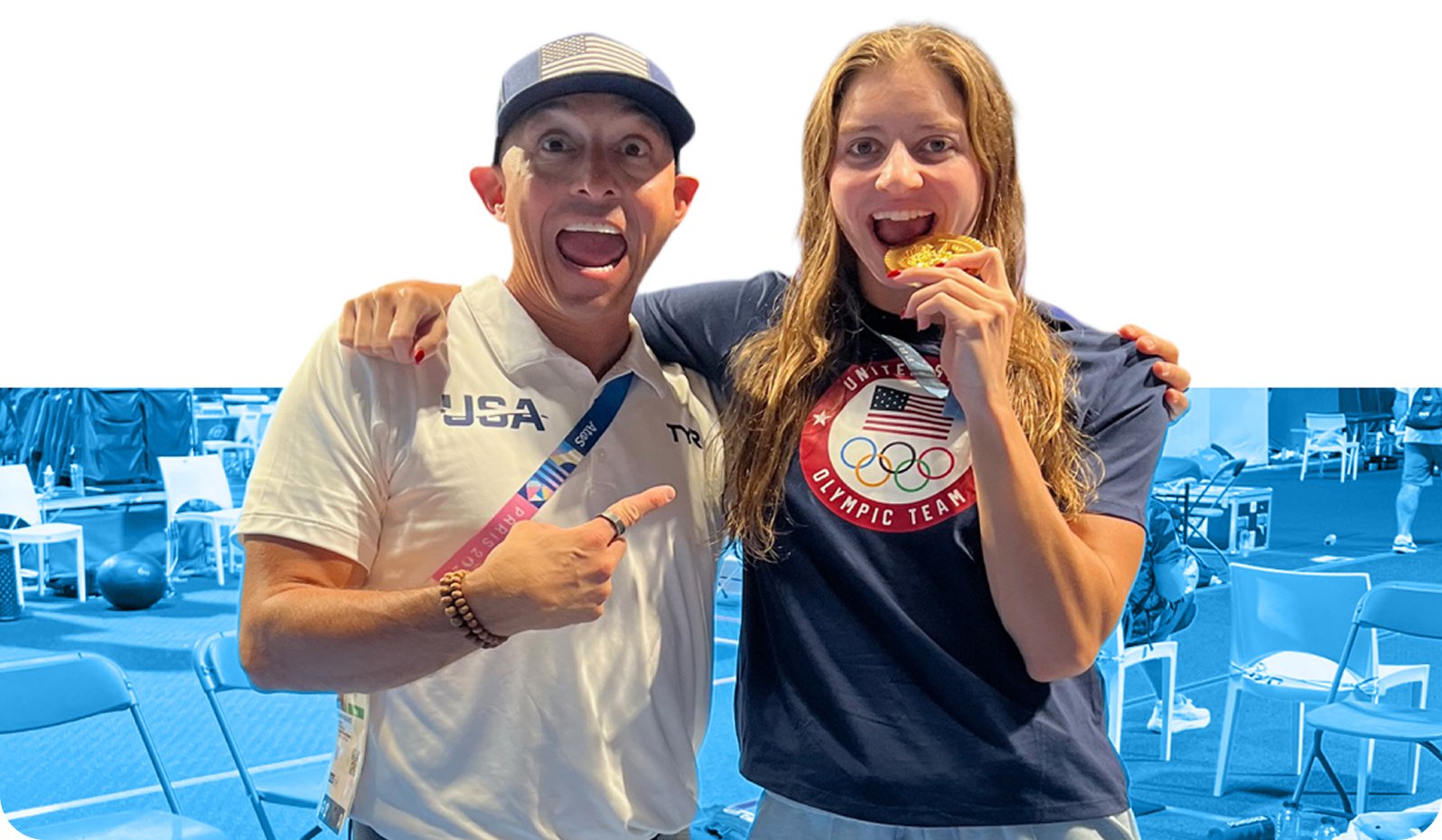The Focus Score has over 30 metrics divided into 3 phases: the transition phase, the underwater phase and the overwater phase. Before we dive into the focus score’s specifics and the different swimming phases, let’s briefly explore its role in your Triton Score.
What is your Triton Score?
Triton Score ranks performance in 3 key areas for each workout: Readiness (stay healthy) + Focus (perfect skills) + Intensity (train hard).
What to know about your Focus Score?
Focus Score will give you both general and specific scores rating how well you have executed your skills relative to your usual performance.
You will need time to observe your metrics before setting goals on improving in a specific area. Use this time to track your swimming using TritonWear and rate your effort. Five workouts (in that particular stroke) are needed to gather enough data and know what your swimming looks like for the Focus Score.
Once you have established a good understanding of your Triton Score and how it fluctuates. The next step is to go a layer deeper, review your Focus score, discover how you’re performing in each area, and adjust training as needed.
The 3 Phases of Swimming

1. Transitions
Turns and push-offs are part of your transitions. In the Focus Score, you’re able to track your performance in these specific metrics: Transition Time, Turn Time, Push Time, Puch Max Acceleration and Push Strength.
To improve your transitions, a first good goal to set is to decrease your Transition Time. To do this, you can track your performance using the Transition Time metric and compare it to your recent averages.
On and off the wall, efforts can make all the difference in beating a personal best or out-touching an opponent to the wall. Transition time is a crucial part of your overall time, and optimizing this metric can help you win races.
To improve your transition time, you need to:
- minimize your turn time
- and maximize your push strength.
For optimal turn performance, accelerate towards the wall, don’t breathe in and out of the flags, and bend at the waist during your turn. For an explosive push-off, the goal is to minimize Push Time and maximize Push Strength. Gravity, type of turn, and quality of streamline can all impact your push strength.
2. Underwater Swimming
After the transition phase, we move into the underwater portion of the swim. In the underwater phase, you’re able to track your performance using these specific metrics: Push Depth, Underwater Time, Speed Underwater, Percent Underwater, Max Depth Underwater.
To optimize your underwater swimming, you need to maintain a tight streamline, avoid kicking too deep, push off at the right depth, focus on a hip-generated kick, and time your breakout.
Maximizing time underwater isn’t about staying underwater longer if it results in a slower speed. It is about going further faster.
3. Overwater Swimming
Last is the overwater phase. In this phase, you can track your performance using the specific metrics: Stroke Rate, Distance Per Stroke, Stroke Index, Swolf, Overwater Time, Overwater Speed.
To improve your overwater speed, you need to decrease the number of strokes required and increase the stroke rate. Note that you need to focus on holding the same amount of water when you increase your arms’ speed. Avoid spinning your arms fast if you are not gaining distance with every stroke you take.
Key takeaway.
The Triton Score ranks your performance in 3 key areas :
- Readiness. What’s your body’s readiness to train?
- Focus. How well did you execute the skills, and what should you focus on to become faster?
- Intensity. How intense was your workout, and how hard should you train next time?
Your Focus Score is calculated using 30+ metrics divided into the 3 phases of swimming: transition, underwater and overwater swimming. You can dive deeper into each specific metric in each of these phases, view your performance set goals and adjust your training accordingly. For more insight on Transition metrics, read our next article on How to Perfect Transitions.





.png)

.png)